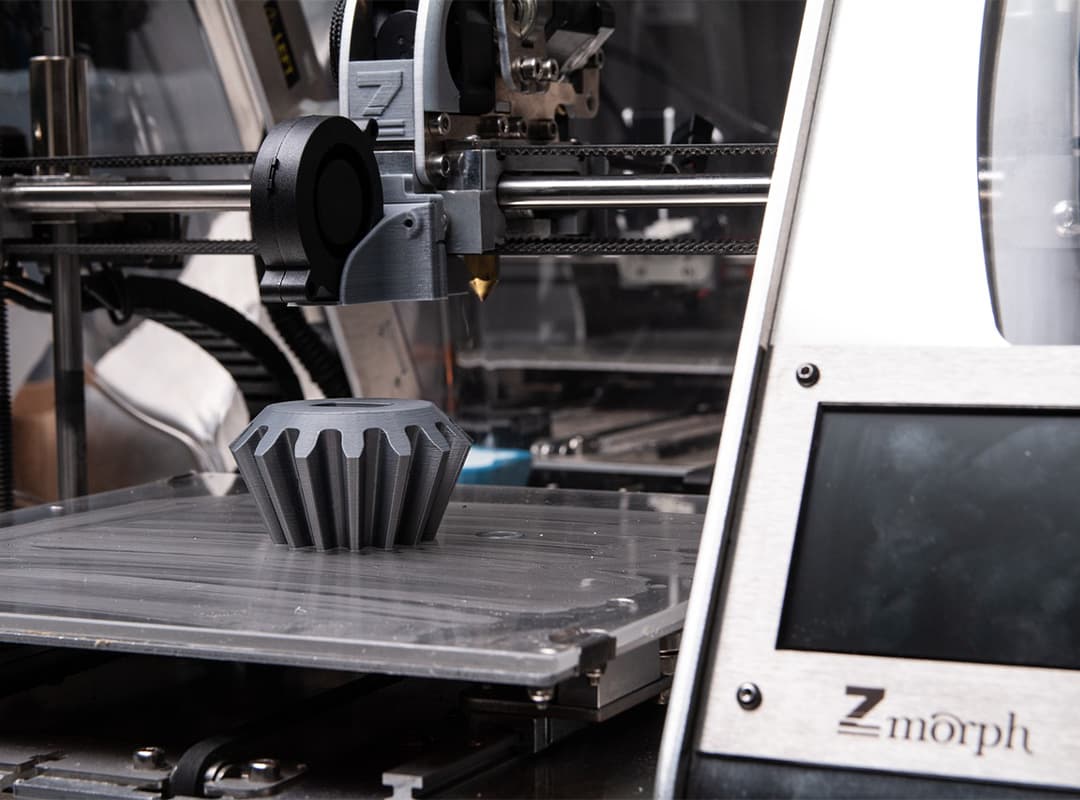Simulation plays a pivotal role in modern aviation, offering invaluable tools for designing, testing, and optimizing aircraft before they ever take to the skies. As aircraft become more advanced and the demands for safety, efficiency, and sustainability increase, simulation technologies have become indispensable throughout the entire development process—from the earliest design concepts in engineering to the rigorous testing of prototypes.
The Role of Simulation in Aircraft Design
At the earliest stages of aircraft development, simulation is crucial for conceptual design. Engineers in design bureaus rely heavily on advanced simulation tools to model the aerodynamics, structural integrity, and flight performance of new aircraft designs. These simulations allow engineers to:
- Evaluate Design Feasibility: Before physical construction begins, simulations help determine if an aircraft design will meet performance and safety standards. This includes everything from aerodynamic behavior in various flight conditions to the structural resilience of the aircraft frame.
- Optimize Aerodynamics: Computational fluid dynamics (CFD) simulations are used to model airflow over the aircraft’s wings, fuselage, and control surfaces. This allows engineers to refine the aircraft’s shape to minimize drag and improve fuel efficiency, essential factors in both commercial and military aviation.
- Ensure Structural Integrity: Engineers simulate the stresses and loads that different parts of the aircraft will endure during takeoff, flight, and landing. Using vehicle modeling techniques, they can predict how various components will behave under real-world conditions, ensuring the aircraft can withstand the forces it will face.
Simulation for Systems Integration
Modern aircraft are highly complex systems that require seamless integration of various subsystems, such as avionics, propulsion, hydraulics, and electrical systems. Simulation technologies allow engineers to virtually integrate these systems and test their compatibility before any physical prototypes are built. This process is crucial for:
- Testing Flight Control Systems: Advanced simulations replicate how the aircraft’s flight control systems will behave under different environmental conditions and flight scenarios, helping engineers fine-tune the responsiveness of the aircraft’s controls.
- Electrical and Hydraulic System Validation: Virtual models of the aircraft’s power systems are tested to ensure reliability and efficiency. These models simulate how power is distributed across the aircraft and how different systems interact.
- Avionics and Software Simulation: Modern aircraft rely on complex software for navigation, communication, and flight control. Simulating these systems allows developers to test software interactions with other components of the aircraft and ensure that they meet safety standards.
Prototype Testing with Simulation
Once the design has been finalized and the aircraft systems are integrated, simulation continues to play a critical role in testing physical prototypes. In this phase, the focus shifts to ensuring that the aircraft behaves as expected in real-world conditions.
- Wind Tunnel Testing: Although simulations reduce the need for physical testing, wind tunnels are still used to validate aerodynamic performance. Prototypes are placed in wind tunnels, and the results are compared to initial simulations, ensuring the accuracy of the computer models.
- Virtual Flight Testing: Simulators allow test pilots to “fly” the aircraft in a virtual environment before actual flight tests begin. These simulators can replicate various flight scenarios, including emergency situations, enabling pilots to familiarize themselves with the aircraft’s handling characteristics and performance under different conditions.
- Stress and Fatigue Testing: Vehicle modeling techniques are used to simulate the long-term effects of stress and fatigue on the aircraft’s structure. Simulations can predict how the aircraft will age over time, identifying potential weak points and helping engineers design components with a longer lifespan.
Reducing Costs and Risks through Simulation
One of the most significant benefits of simulation in aviation is the reduction of costs and risks associated with physical testing. By simulating different aspects of aircraft design and performance, manufacturers can:
- Reduce the Number of Physical Prototypes: Simulations enable engineers to test multiple design iterations in a virtual environment, minimizing the need to build expensive physical prototypes for each variation.
- Improve Safety: Many safety-critical scenarios, such as engine failure, adverse weather conditions, and emergency landings, can be simulated extensively before actual flight tests, reducing the risks associated with testing extreme conditions in real life.
- Shorten Development Timelines: Simulation accelerates the development process by allowing multiple tests to be conducted in parallel, rather than sequentially. This leads to faster iterations and shorter overall design cycles.
Future Trends in Aviation Simulation
As the aviation industry continues to evolve, so too will the role of simulation. Advancements in artificial intelligence, machine learning, and high-performance computing are set to transform how simulations are conducted. In the near future, we can expect:
- More Accurate AI-Driven Simulations: Machine learning algorithms can enhance the accuracy of simulations by learning from previous test data and continuously refining predictions. This will be particularly useful in complex simulations involving aircraft autonomy or real-time decision-making.
- Increased Use of Digital Twins: Digital twins, which are virtual replicas of physical aircraft, allow engineers to monitor real-time performance data and predict future maintenance needs. This technology can be used throughout an aircraft’s operational life, improving safety and reducing downtime.
- Collaborative Simulation Environments: As global aerospace projects become more collaborative, cloud-based simulation platforms will enable international teams to work together in real time. This will facilitate more efficient design processes and greater innovation across the industry.
Simulation has become a cornerstone of modern aviation, playing an essential role in everything from initial design to prototype testing. By using advanced simulation tools and vehicle modeling techniques, engineers can optimize designs, integrate complex systems, and reduce both costs and risks associated with aircraft development. As simulation technologies continue to advance, they will undoubtedly drive further innovation in the aviation industry, pushing the boundaries of what is possible in aircraft design and performance.
Whether it’s optimizing aerodynamics or predicting long-term structural fatigue, simulation helps the aviation industry create safer, more efficient, and more reliable aircraft. With the continual growth of technology, we can expect to see even more groundbreaking uses of simulation in the future, further revolutionizing the way aircraft are designed, tested, and flown.



